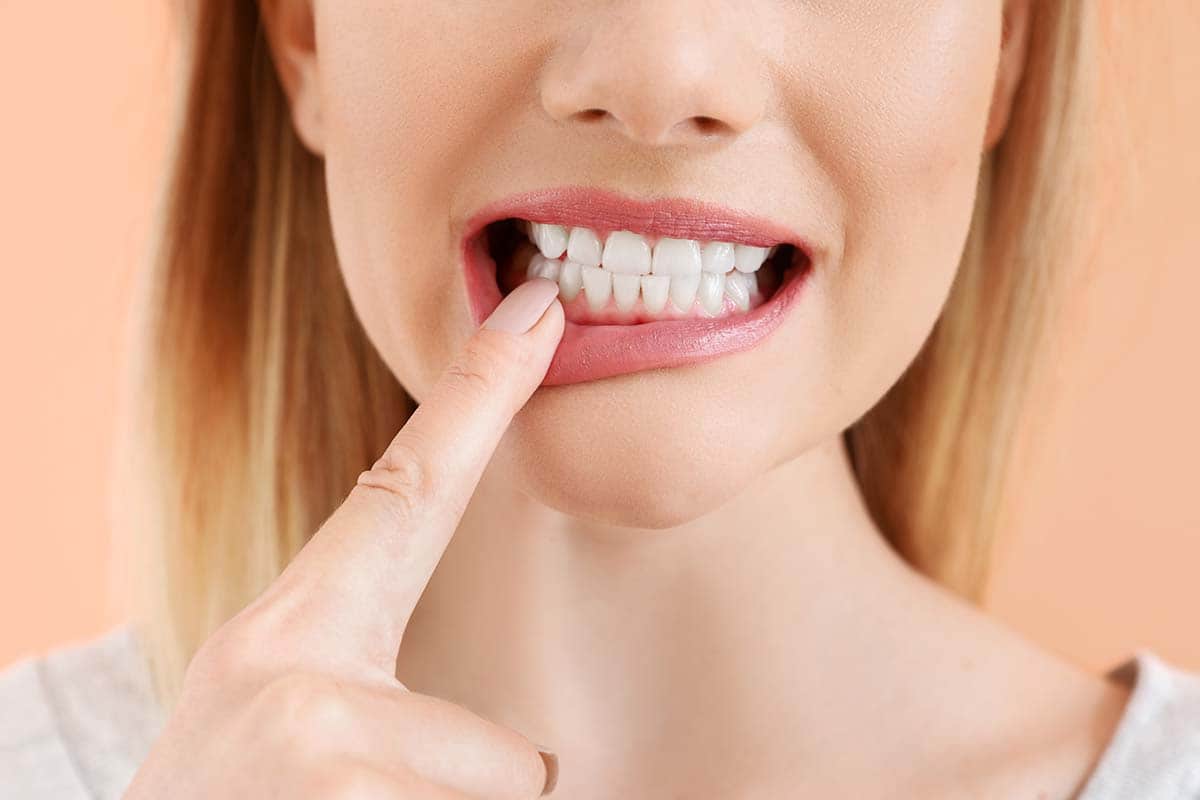Your Child’s First Loose Tooth? Here’s What to Expect (and What Not to Do)
The moment your child notices that first wobbly tooth, it can be an exciting time for both of you. It’s a sign that your little one is growing up, and soon enough, the Tooth Fairy might be paying a visit. However, this milestone can also bring a bit of anxiety for parents and children alike. Understanding what to expect and how to handle this new phase can help make the experience a positive one for your child. Here’s a detailed guide on navigating your child’s first loose tooth.
Understanding the Timing of Loose Teeth
Typically, children begin to lose their primary teeth (also known as baby teeth) around the age of six, but it’s normal for it to start as early as four or as late as seven. The first teeth to go are usually the lower central incisors (the bottom front teeth), followed by the upper central incisors. The timing can vary widely among children, so there’s usually no need for concern if your child starts a little earlier or later.
The Role of the Paediatric Dentist
While loose teeth are a normal part of a child’s development, it can be helpful to talk to a paediatric dentist Sydney if you or your child have concerns. They can provide reassurance and tips tailored to your child’s specific needs and can check to ensure that the loosening is part of the natural process and not due to an accident or dental health issue.
What to Expect When a Tooth Becomes Loose
When your child’s tooth starts to loosen, it’s because a new, permanent tooth is starting to push up from below. Here’s what you might expect:
- Wiggling: Your child will likely wiggle the tooth with their tongue or fingers. Encourage them to do so gently.
- Discomfort: Some children experience a bit of discomfort or even slight pain. Soft foods and over-the-counter pain relievers specifically designed for children can help.
- Anxiety: The appearance of a gap can be exciting but also a bit worrying for a child. Reassure them that it’s a normal part of growing up.
Dos and Don’ts with Loose Teeth
Here’s what you should and shouldn’t do when dealing with your child’s loose tooth:
Do:
- Encourage Gentle Wiggling: Only encourage your child to wiggle the tooth gently with their tongue or clean hands. This can help speed up the natural process.
- Maintain Good Oral Hygiene: Continue brushing and flossing around the loose tooth carefully to prevent any potential infection.
- Provide Healthy Foods: Crunchy fruits and vegetables can naturally help loosen the tooth without being too harsh.
Don’t:
- Pull the Tooth Forcefully: Avoid pulling the tooth out before it’s ready. This can lead to pain, bleeding, and potential infection.
- Neglect Pain: If your child is experiencing significant discomfort, consult a dentist. They may need to intervene, especially if the pain results from an infection or the tooth is impacted.
- Ignore Dental Hygiene: Just because a tooth is loose doesn’t mean it shouldn’t be cleaned. Oral hygiene is still crucial.
Preparing for the Tooth Fairy
The Tooth Fairy can be a fun tradition to introduce when your child loses their first tooth. Here are a few creative ideas to celebrate this milestone:
- Tooth Fairy Pillow: Craft or buy a small pillow with a pocket where your child can place their tooth at night.
- Leave a Note: Encourage your child to write a note to the Tooth Fairy. They can even ask questions about what she does with all the teeth!
- Tooth Fairy “Receipts”: Leave a tiny receipt for the tooth, detailing its condition and the reward, adding a bit of magic to the experience.
Educating Your Child About Dental Health
This milestone is a great opportunity to reinforce the importance of good oral hygiene. Explain how taking care of their teeth helps ensure that their permanent teeth will be healthy. Discuss brushing twice a day, flossing regularly, and the role that diet plays in dental health.
What Comes Next?
After the first tooth comes out, others will soon follow. This process typically continues until your child is about 12 years old. Each experience might be slightly different, and your child’s comfort with the process might increase as they become more familiar with it.
Navigating your child’s first loose tooth is a significant part of their development and can be made into a positive experience with the right approach. By understanding what to expect, ensuring you’re doing the right things and avoiding the wrong ones, and maybe even invoking a little Tooth Fairy magic, you can help make this a memorable and educational milestone in your child’s life. This is not just about losing baby teeth—it’s about growing up, and each little step is part of a much bigger journey towards becoming a healthy, happy adult.
Read More: Setting Clear Academic Objectives: A Roadmap to Success

